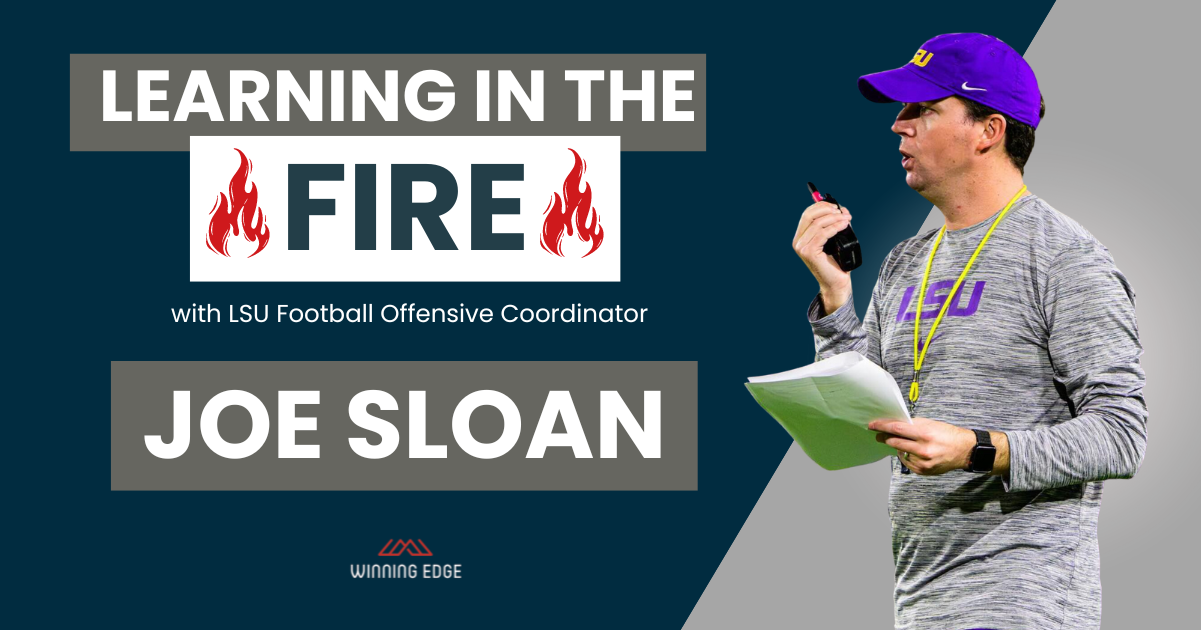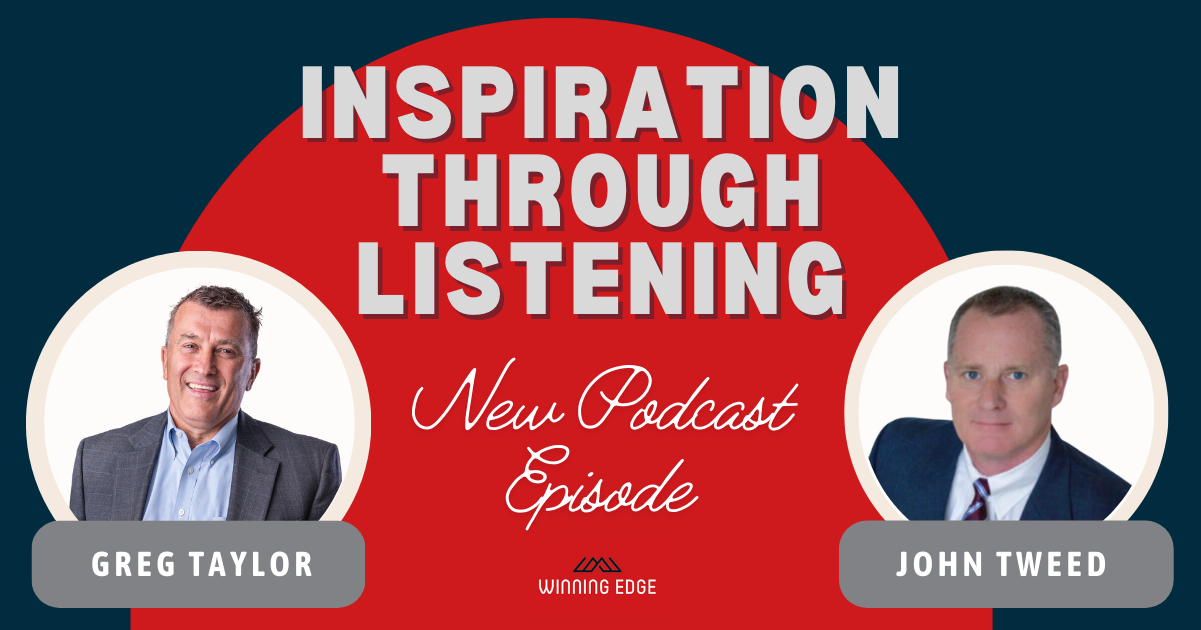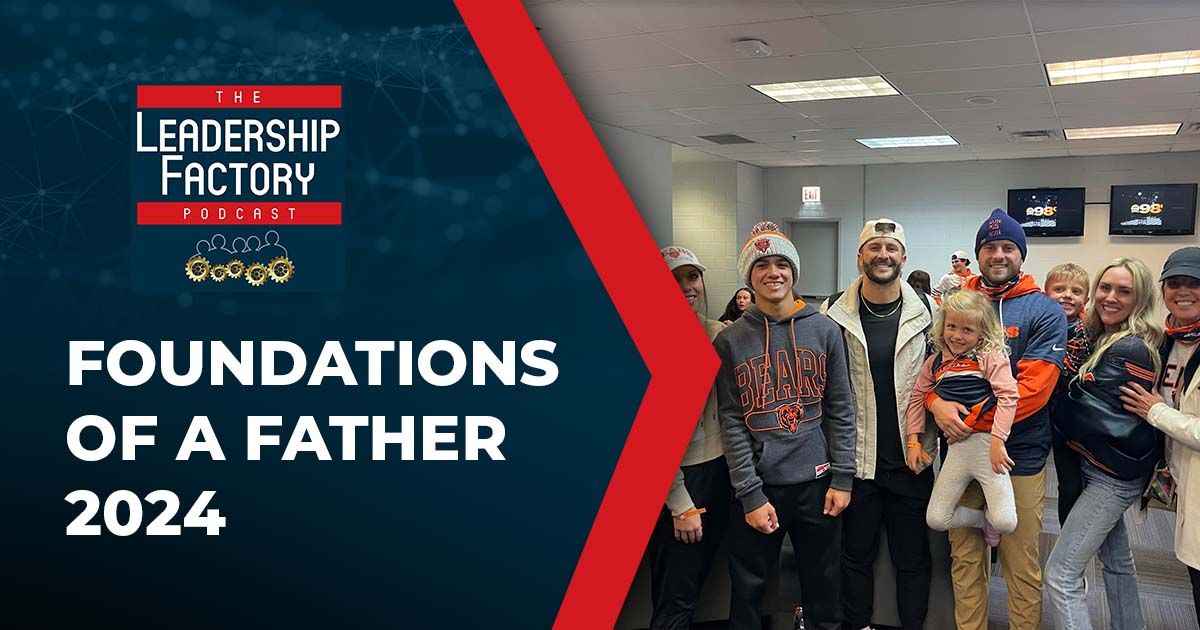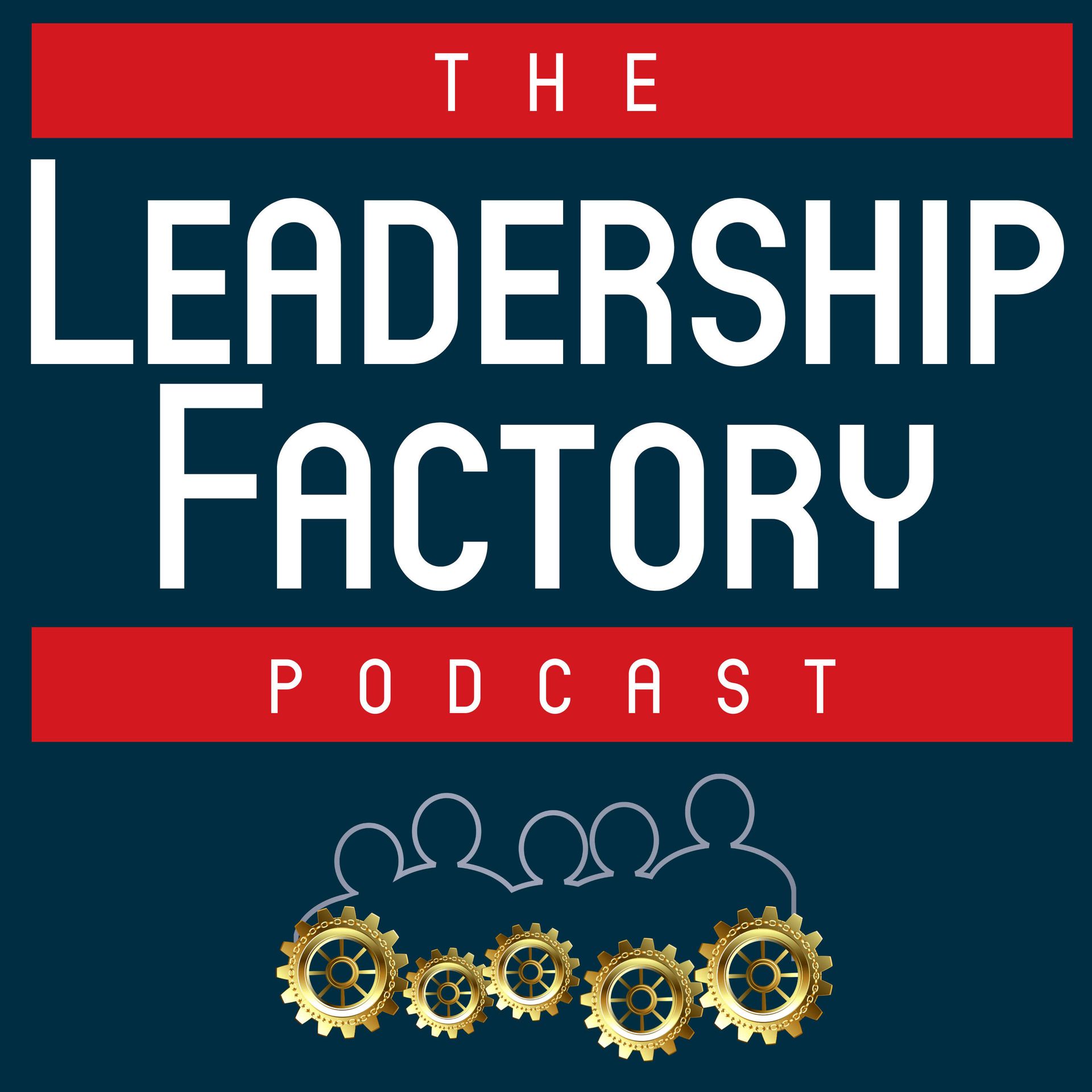Leadership is Performance Management.
What is the key to increasing the performance of our people? The best way to manage performance is to employ the A-B-C model. In this, we examine Antecedents (what comes before a behavior), the Behavior itself, and the Consequences (that which follows the behavior). By shaping Antecedents (training, setting expectations, etc.), and by applying Consequences (positive or negative), we can increase desired behaviors and reduce undesired ones.
A-B-C Model
Antecedent
Behavior
Consequence
The 1st step in the A-B-C analysis of behavior is the Antecedent.
This is what takes place before the behavior. In an organizational setting, this generally consists of training, setting expectations, and laying out goals. This is most impactful when we, as leaders, take time to know our people, their learning styles, their personalities, family histories, educational backgrounds, and their significant emotional experiences. When we devote sufficient attention to this process, everyone around us will have more clarity and be more effective. When our people start to know, see, and feel that we are properly preparing them to do their job, their fears will recede, passion will increase.
The 2nd step in the A-B-C analysis of behavior is…. Behavior.
In simple terms, behavior is what people do. It can be seen, it can be tracked, and it can be measured. While there are many influences on behavior, what we can control is the expectations and preparations (the antecedent). Likewise, we also control the consequences (what comes after the behavior--positive or negative). By being clear in our expectations and consistent in our consequences, we will shape the behavior of those around us and move closer to the outcomes we want. When we, as leaders, focus on behavioral outcomes that benefit everyone, then we will all be empowered to take another step.
The 3rd step in the A-B-C analysis of behavior is…. Consequences.
What keeps the right behavior going? Positive consequences! What stops the bad behavior? Negative consequences! Antecedents get us going, but consequences keep us going. We can classify consequences in 3 ways: 1) Positive or negative 2) Immediate or delayed 3) Certain or uncertain. To optimize behavior a person must be given the proper antecedent, must then perform the desired behavior, and then must be given a “PIC” – Positive Immediate Certain consequence. We must also make sure that the person receiving the PIC perceives the action to be positive. Once people around us understand that behavior has consequences to them, good and bad, then, and only then, will they take another step.
This defined A-B-C analysis process gives our people and their leader the tools to manage behavior, takes the emotion out of it, and allows them to be the best version of themselves. It is almost a guarantee that our people’s desired performance will go up and the undesired will go down and everyone around us will take another step.
Love to hear your success stories on how you have used this technique to get results.
If you would like to have a discussion on this topic, please reach out to me via phone 318-230-6481 or email at greg@findyourwinningedge.com.










